#1977
Junkyard Find: 1977 Dodge Tradesman 200 Mystery Machine
The Chrysler Corporation sold vans based on the B-Series platform from the 1971 through 2003 model years, giving them Dodge, Plymouth and Fargo badging along the way. Today's Junkyard Find is a first-generation B-van, found in a Colorado boneyard.
Junkyard Find: 1977 Buick Skylark Sedan
Starting with the 1962 model year, GM sold cars on the new compact rear-wheel-drive X Platform (thus dooming the Corvair long before Ralph Nader had any say in the matter). In the United States, these cars were Chevrolet Chevy IIs and Novas; north of the border, they were Acadians. Eventually, the platform got bigger and the other GM car divisions jumped in for a piece of the action. Buick sold these cars from the 1973 through 1979 model years, and I've found one of those Buickized Novas in a boneyard near Reno, Nevada.
Junkyard Find: 1977 Plymouth Voyager Conversion Van
Plymouth sold trucks through 1942, gave up on the idea, then returned to the truck business with the Trail Duster (rebadged Dodge Ramcharger) and Voyager (rebadged Dodge Sportsman) for 1974. Sales of the big Voyager van continued through the 1983 model year, after which the name went onto the new K-platform-derived Plymouth minivan. Here's one of those all-but-forgotten first-generation Voyagers, found in a Denver self-service yard recently.
Junkyard Find: 1977 Mercury Bobcat 3-Door
You’d think that examples of the Ford Pinto and its Mercury-badged twin, the Bobcat, would have disappeared from the American junkyard ecosystem by now, given the cheapness of these cars and the decades of exploding-Pinto punchlines since “Pinto Madness” came out in 1977. No doubt due to the huge quantities sold during the Pinto/Bobcat’s 10-year production run (well over three million), such is not the case; I continue to find Pintos and Bobcats in junkyards to this day.
Here’s a light blue ’77 three-door Bobcat in a Northern California self-serve yard.
Junkyard Find: 1977 BMW 320i
Junkyard Find: 1977 Chrysler New Yorker Brougham Hardtop Sedan
Junkyard Find: 1977 Chevrolet Caprice Classic Coupe
Junkyard Find: 1977 Ford Econoline 150 Campaign Van
Junkyard Find: 1977 Buick Electra Limited
Back in 2011 we admired a discarded example of the last of the true Buick Electra land yachts: a 1976 Electra Park Avenue Limited four-door hardtop found in a Northern California wrecking yard. What happened in 1977? General Motors, suffering from plummeting sales of thirsty big Buicks in the wake of events beyond its control, shrank the Electra, ditching the pillarless hardtop in the process.
Here’s one of those downsized Electras — a Limited, spotted in a Denver self-service yard.
Junkyard Find: 1977 Ford Pinto
Ford sold more than three million Pintos during the 1971-1980 period, though most of those were 1974 and earlier models. By 1977, Corollas and Civics and Rabbits had taken a big bite out of Pinto sales, so these later cars are even more uncommon in junkyards than their older brethren. Not that Pintos are easy to find in your local U-Wrench-It yard; most of these cars were crushed long before the end of the 1990s.
Here’s a ’77 I spotted a few days ago in a Denver self-service yard.
Junkyard Find: 1977 Toyota Corolla Two-door Sedan
Junkyard Find: 1977 Ford Ranchero GT Brougham
Since we haven’t seen a Ford product in this series since this Fox Granada four months ago, and we just saw three GM cars in succession, I decided this week would be the turn of a once-plush Ranchero GT Brougham, now fallen on hard times in a San Jose self-service wrecking yard.
Junkyard Find: 1977 Dodge Aspen Station Wagon
QOTD: It's 1977 and You're The Bandit. Do You Buy a Trans Am... or Something Else?
We had a 1970s movie-car QOTD last week, and that was so much fun we’re doing it again! So, here we go: in the beginning of Smokey and the Bandit, when Big Enos challenges The Bandit to fetch 400 cases of that Colorado Kool-Aid, a wad of cash of unspecified thickness gets handed over for expenses, including a “speedy car.” As we all know, The Bandit headed straight to the nearest Pontiac showroom and bought himself a brand-new 1977 Pontiac Firebird Trans Am. In the film, that car seemed to be the fastest imaginable motor vehicle (thanks to the magic of engine swaps, stunt drivers, and special effects). In reality, however, the ’77 Trans Am was kind of a bloated Malaise Era slug, and The Bandit probably had a lot of better escape-the-smokeys car choices available.
So, in his shoes and with a ’77 Trans Am-sized stack of C-notes, what car would you have bought for that run to Texarkana and back?
Junkyard Find: 1977 Ford LTD II Station Wagon
In one of those confusing branding moves that’s up there with the baffling Toyota Corolla Tercel, Ford decided to name a Torino-based midsize car the LTD II while keeping the regular full-sized LTD. This went on for the 1977 and 1978 model years, and then for 1979 the “big” LTD went to the Panther platform and sold alongside LTD IIs for that year. Why? Well, that’s like asking why Henry Ford II refused Soichiro Honda’s offer of cheap CVCC engines for the Fiesta a few years before! Anyway, here’s an extremely green first-year LTD II wagon (not a Country Squire, which was based on the larger “regular” LTD) that I spotted in Northern California a couple weeks back.

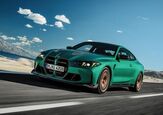

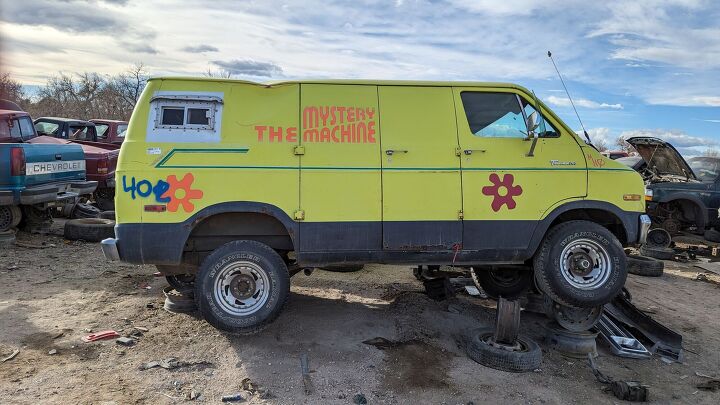
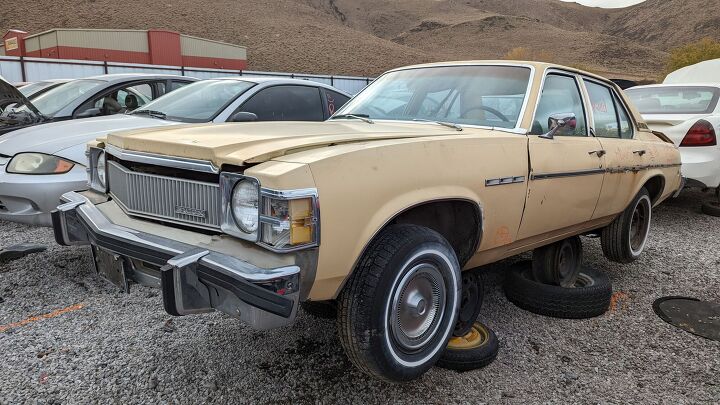

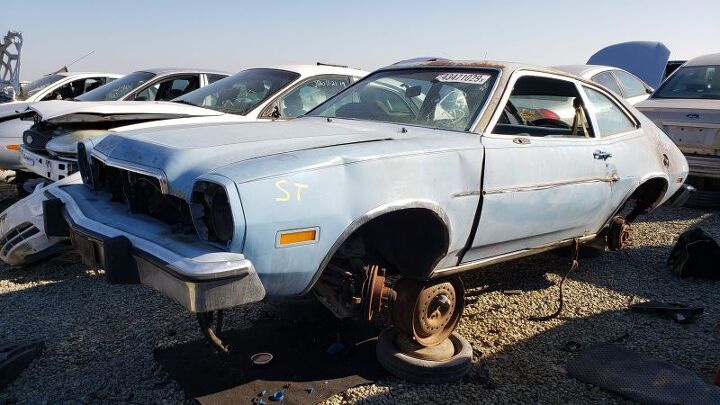
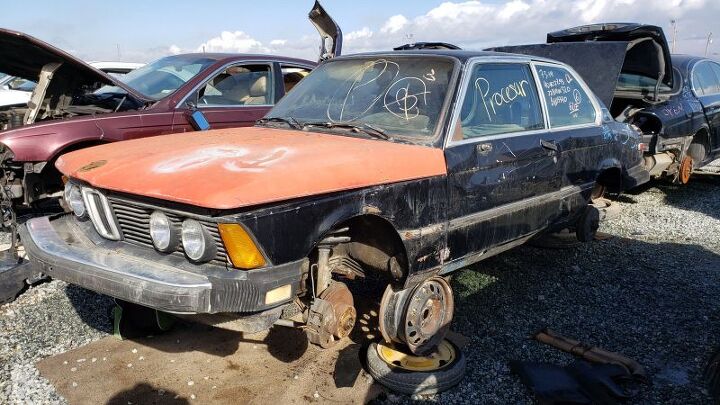
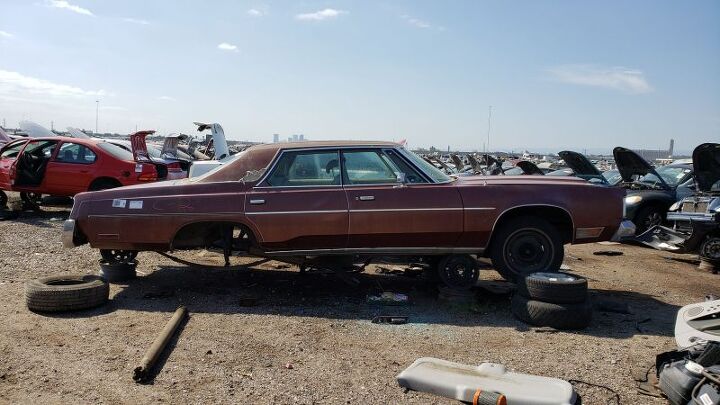
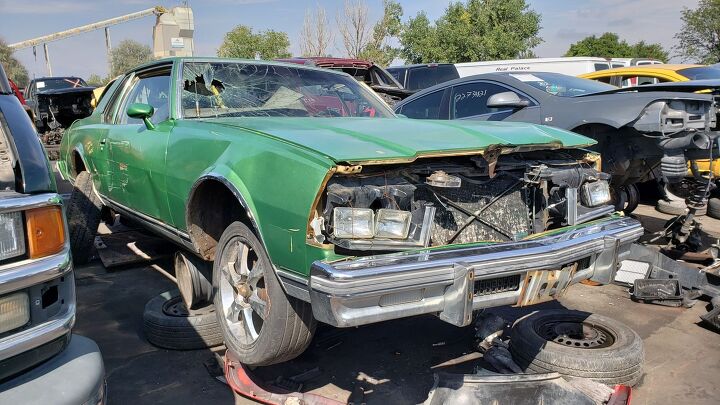
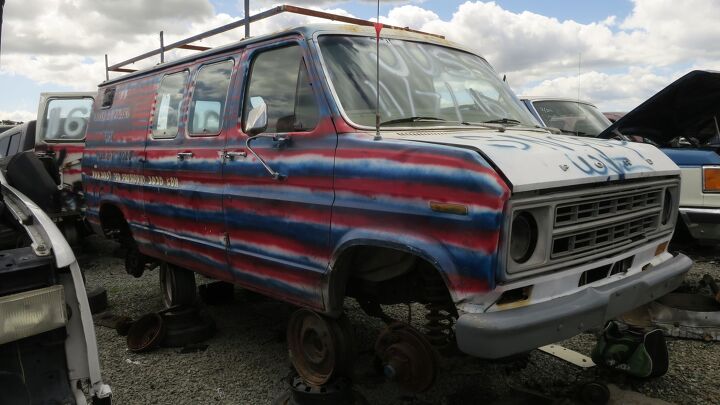
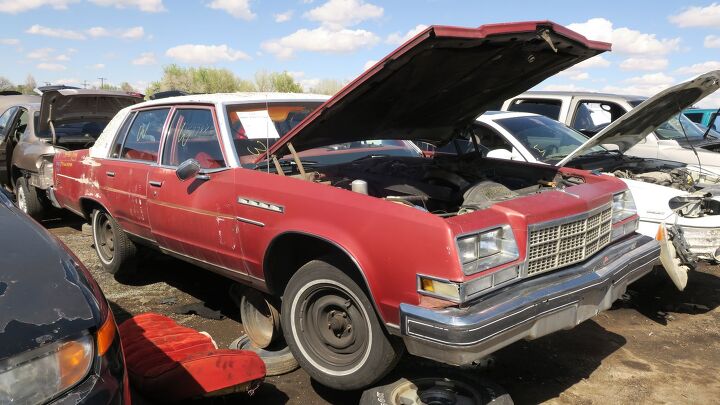
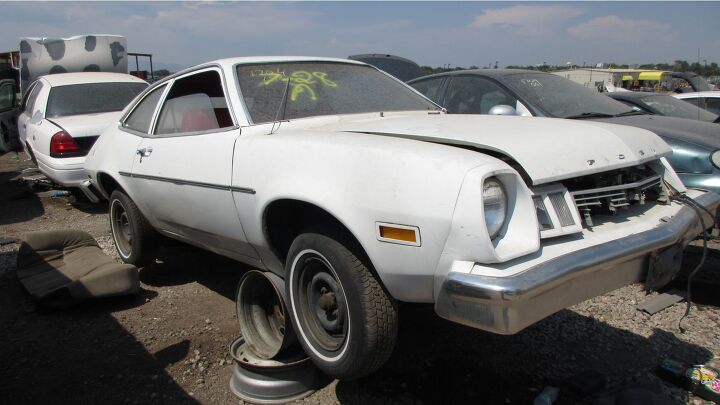
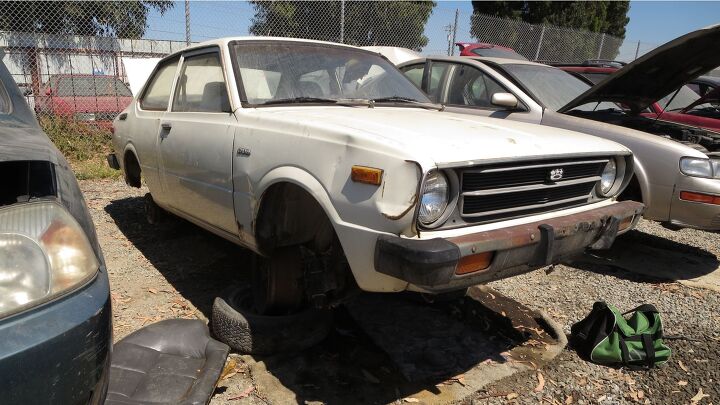


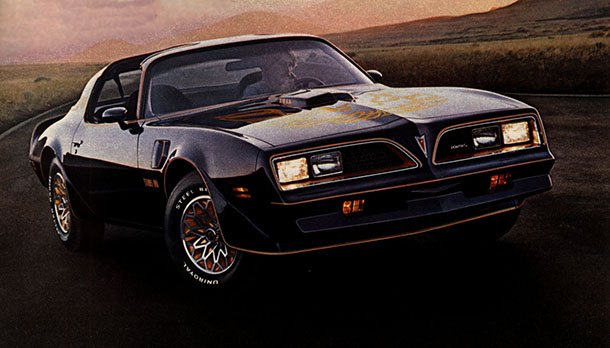
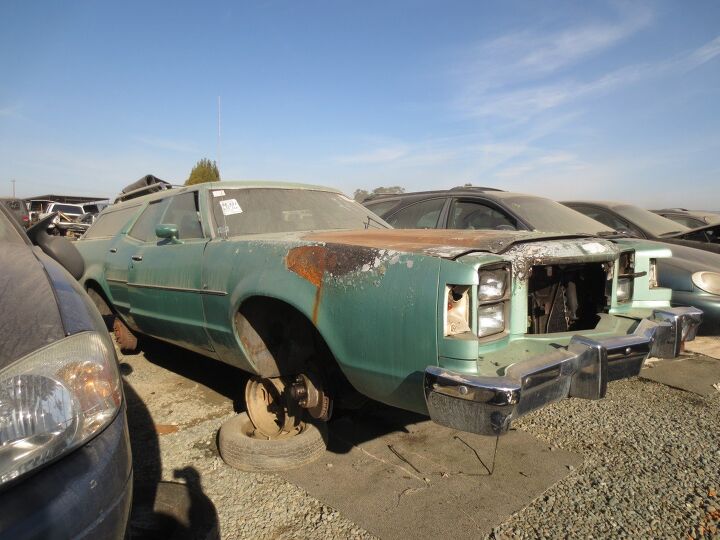
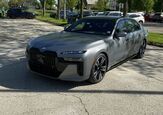











Recent Comments